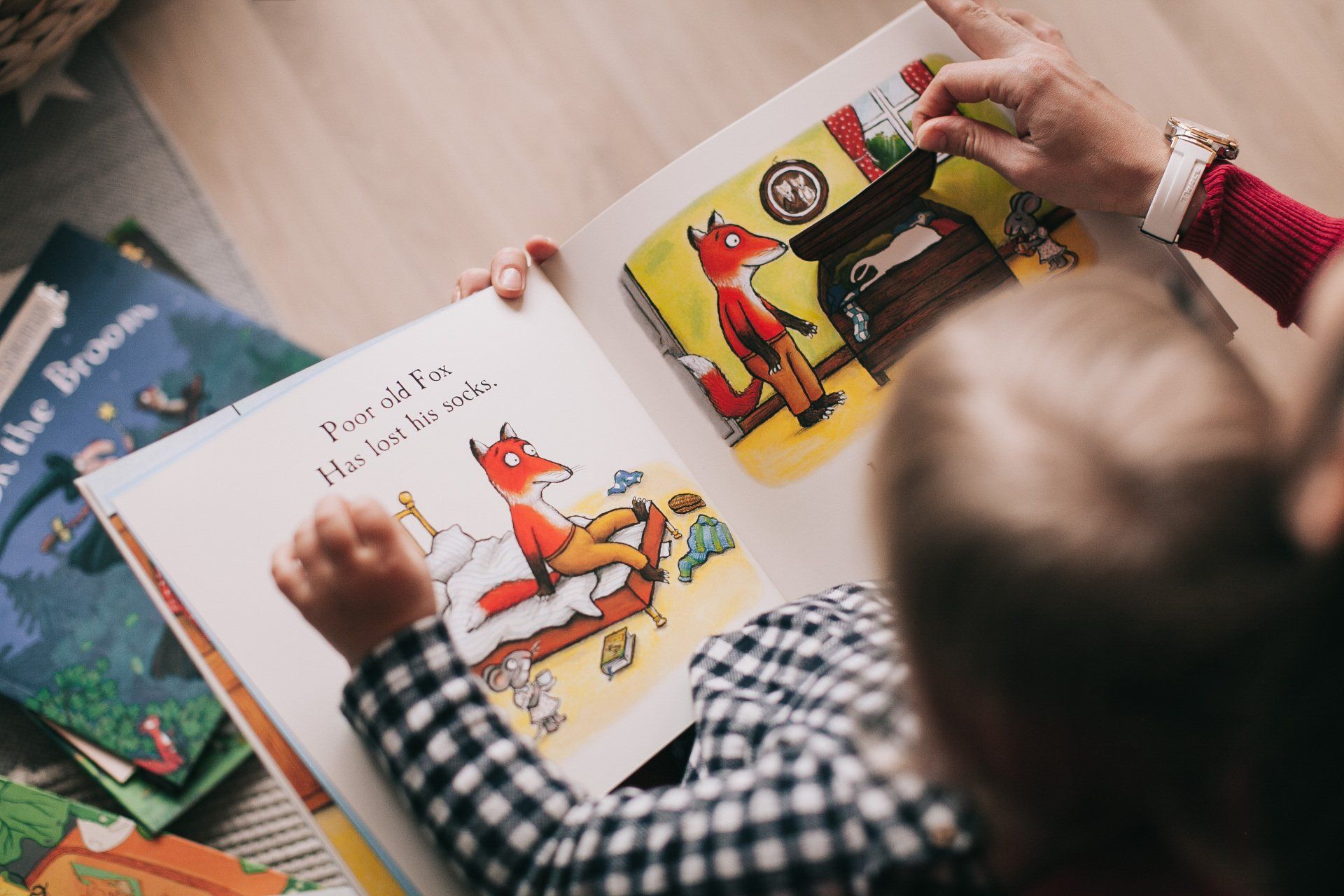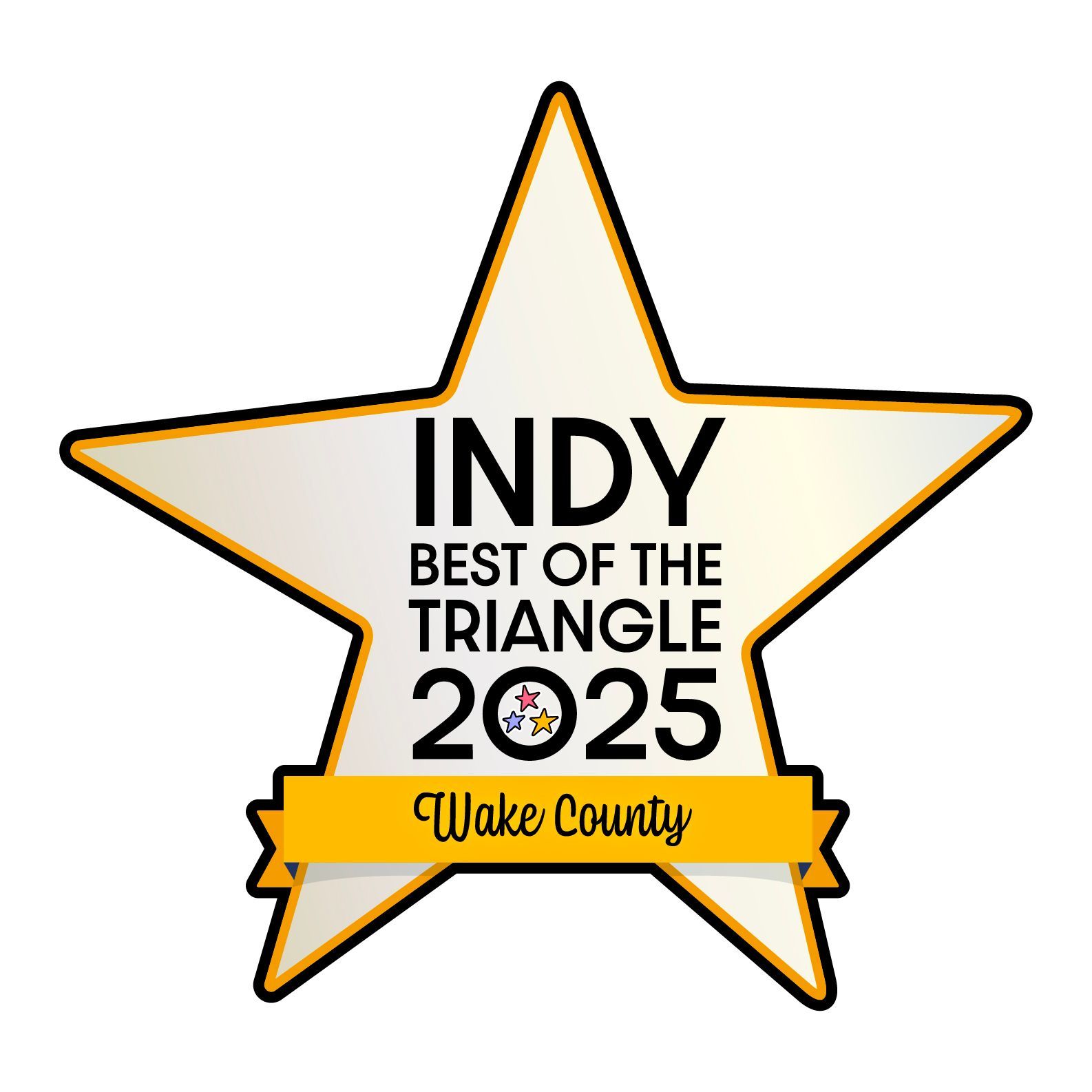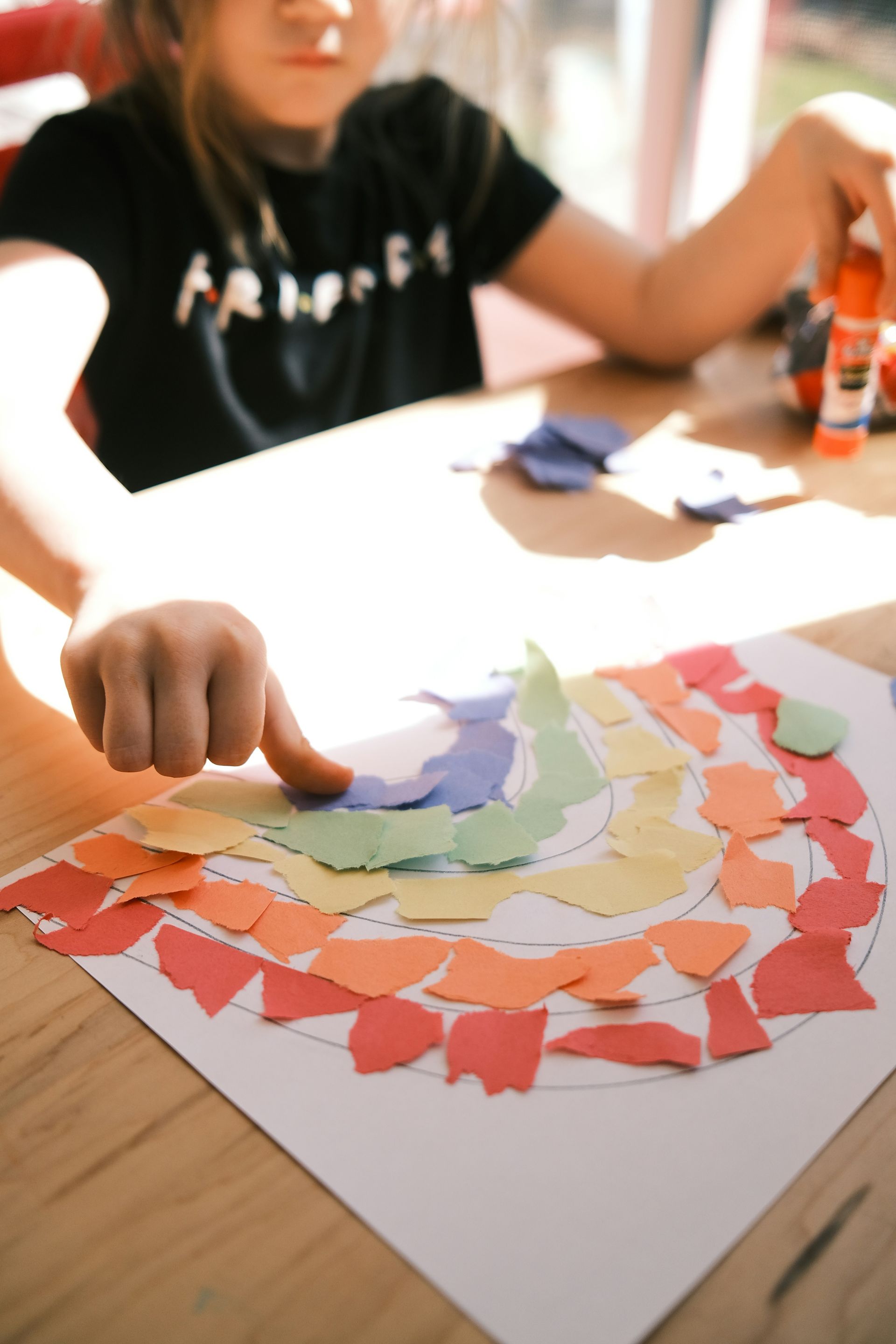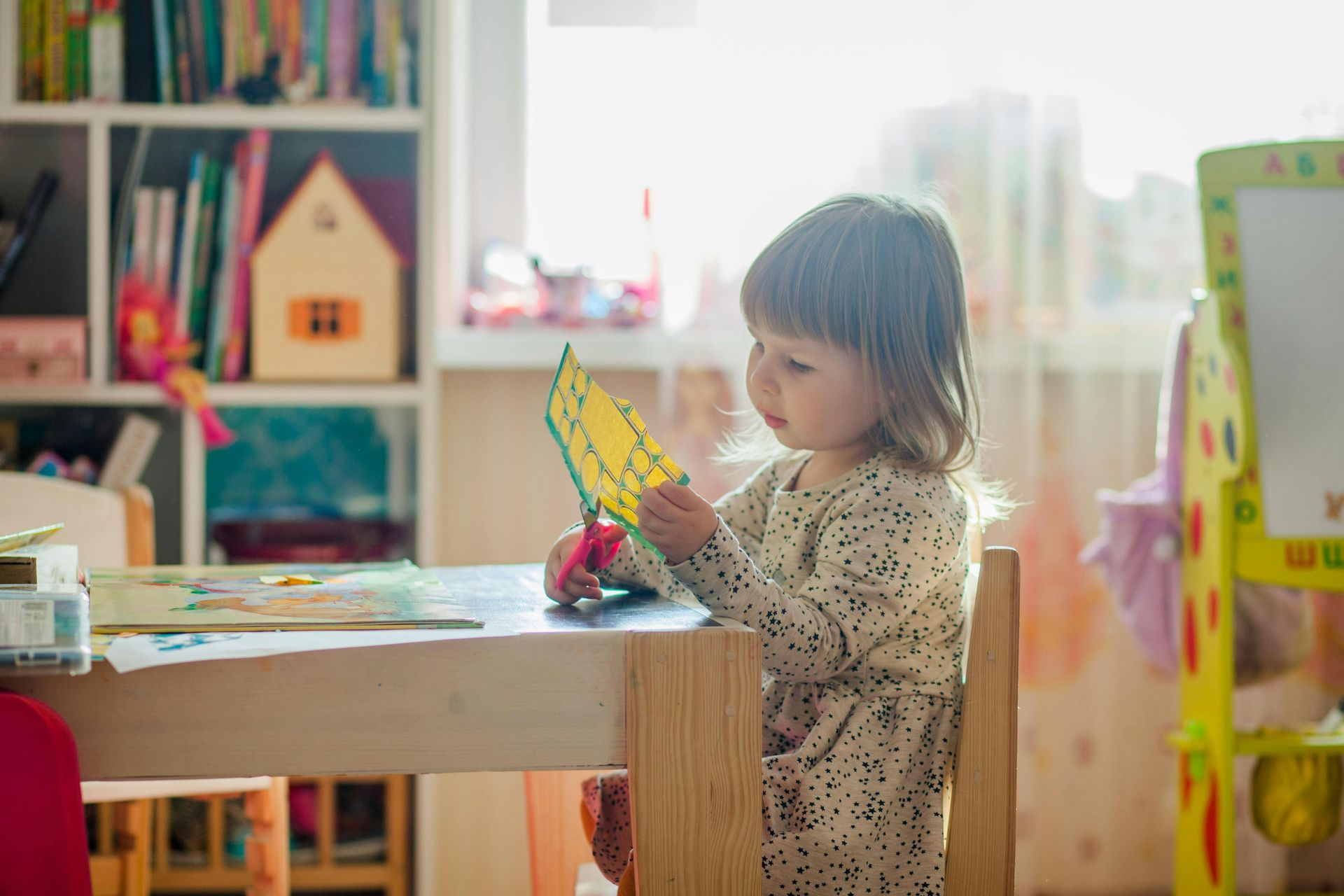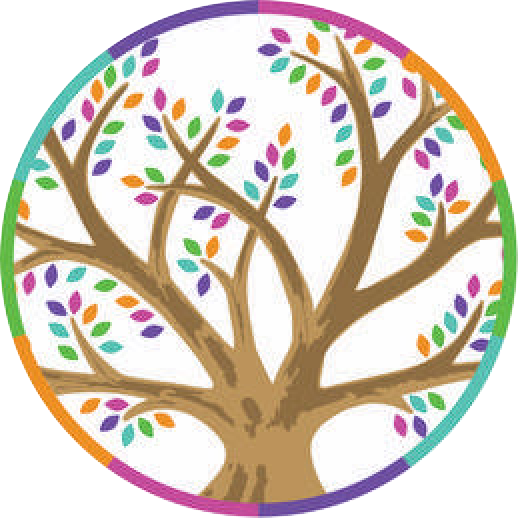TK vs. Pre-K vs. Kindergarten: What’s the Difference—and Which Fits My Child?
Choosing the right next step can feel confusing, especially during Wake County enrollment season. Here’s a clear, parent-friendly guide to Pre-K, Transitional Kindergarten (TK / Young 5s / Kindergarten Bridge), and Kindergarten—and how TBOP helps families decide with confidence.
Quick Definitions
- Pre-K (age 4): A play-based, pre-academic year focused on foundation skills (language, number sense, fine motor, social-emotional growth).
- Transitional Kindergarten (Young 5s / Bridge-K): A small-class, extra year for just-turned-5s who are academically capable but need more time to grow socially, emotionally, or in stamina/independence.
- Kindergarten (WCPSS & private): Full K standards—longer days, larger groups, increased independence, and formal assessments.
Side-by-Side Snapshot
Purpose
- Pre-K: Build readiness through play; introduce structured routines.
- TK / Young 5s: Bridge to K; deepen self-regulation, confidence, and stamina while continuing academics.
- Kindergarten: Master K standards across literacy, math, social-emotional, science, and specials.
Ideal for
- Pre-K: 4-year-olds ready for a structured, playful classroom.
- TK / Young 5s: Late-summer birthdays; shy/slow-to-warm kids; “almost ready” learners; families with an inkling that “one more year” would help.
- Kindergarten: Children ready for a longer day, larger peer groups, and higher independence.
Class size & support
- Pre-K @ TBOP: Small classes, two teachers, Conscious Discipline.
- TK @ TBOP: Very small classes, two teachers, extra coaching on executive function (attention, flexibility, persistence).
- Kindergarten: Varies by school; typically larger classes and higher student-to-teacher ratios.
iteracy & math
- Pre-K @ TBOP: Phonemic awareness, print concepts, early number sense through play.
- TK @ TBOP: Letterland (same phonics used by Wake County Public Schools), emergent writing, number composition, patterning, simple graphing—still play-based.
- Kindergarten: Full WCPSS standards and formal assessments.
Independence & SEL
- Pre-K: Routines, sharing, following directions, feelings language.
- TK: Big growth in self-advocacy, conflict resolution, classroom jobs, stamina (end-of-day regulation).
- Kindergarten: Higher expectations for self-management, collaboration, and problem-solving.
How TK Differs from Pre-K (and Why It Works)
- Same academics, deeper mastery: Kids practice Letterland and math in richer, longer projects.
- Extra time for the whole child: Confidence, voice, leadership opportunities.
- Stamina builder: A gentler on-ramp to the length and pace of K.
- Right-sized support: Small class sizes mean more coaching, feedback, and wins.
FAQs Parents Ask
“My child is academically ready. Why consider TK?”
Readiness is also
emotional stamina, independence, and confidence in groups. TK strengthens those so academics stick.
“Will they be the oldest later?”
Often a
strength—older students tend to enter K more confident, regulated, and ready to lead.
“Will they be bored?”
We
differentiate. Children stretch academically while building executive function, language, and social skills.
“Is TK the same as private kindergarten?”
No. TK is a
bridge year before kindergarten; the emphasis is readiness + growth with continued academics.
Why TBOP for TK / Young 5s
- NAEYC-accredited, play-based program with small classes and two teachers.
- Letterland literacy (continuity with WCPSS).
- Conscious Discipline for self-regulation and social problem-solving.
- A warm, inclusive community that partners closely with families.
Next Steps (During Wake County Enrollment Season)
- Not sure? Book a 10-minute readiness chat with our director.
- See it in action: Schedule a TK classroom tour.
Giving a child the
gift of time is a decision families tell us they “never regret.”


